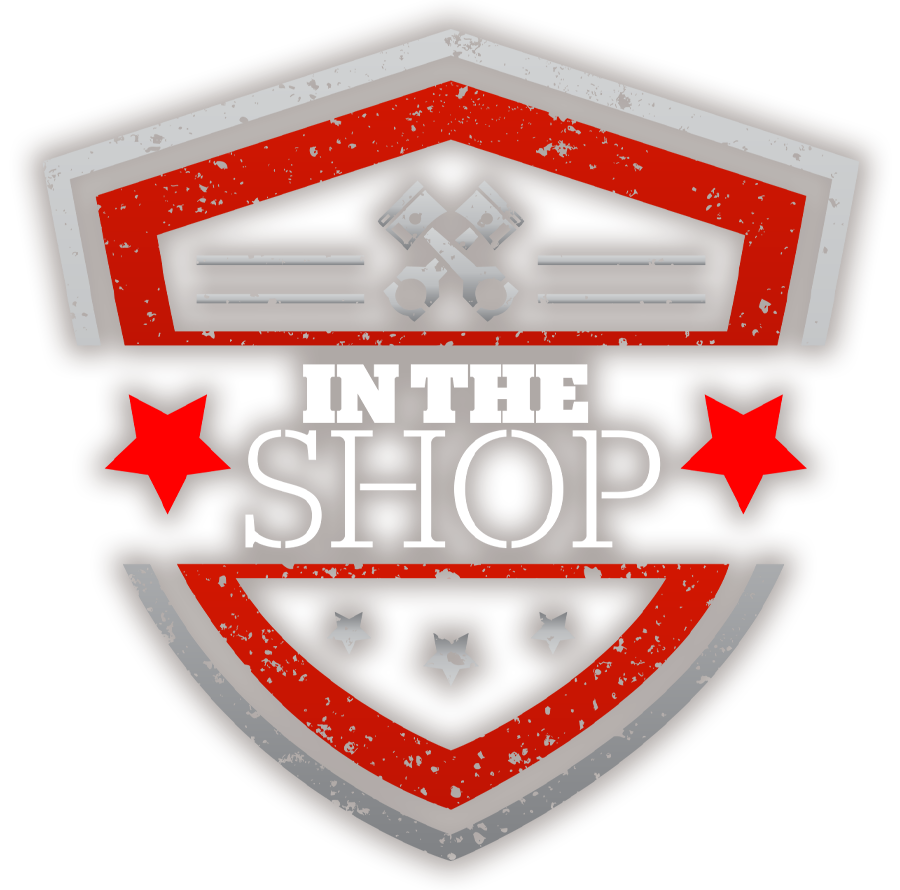
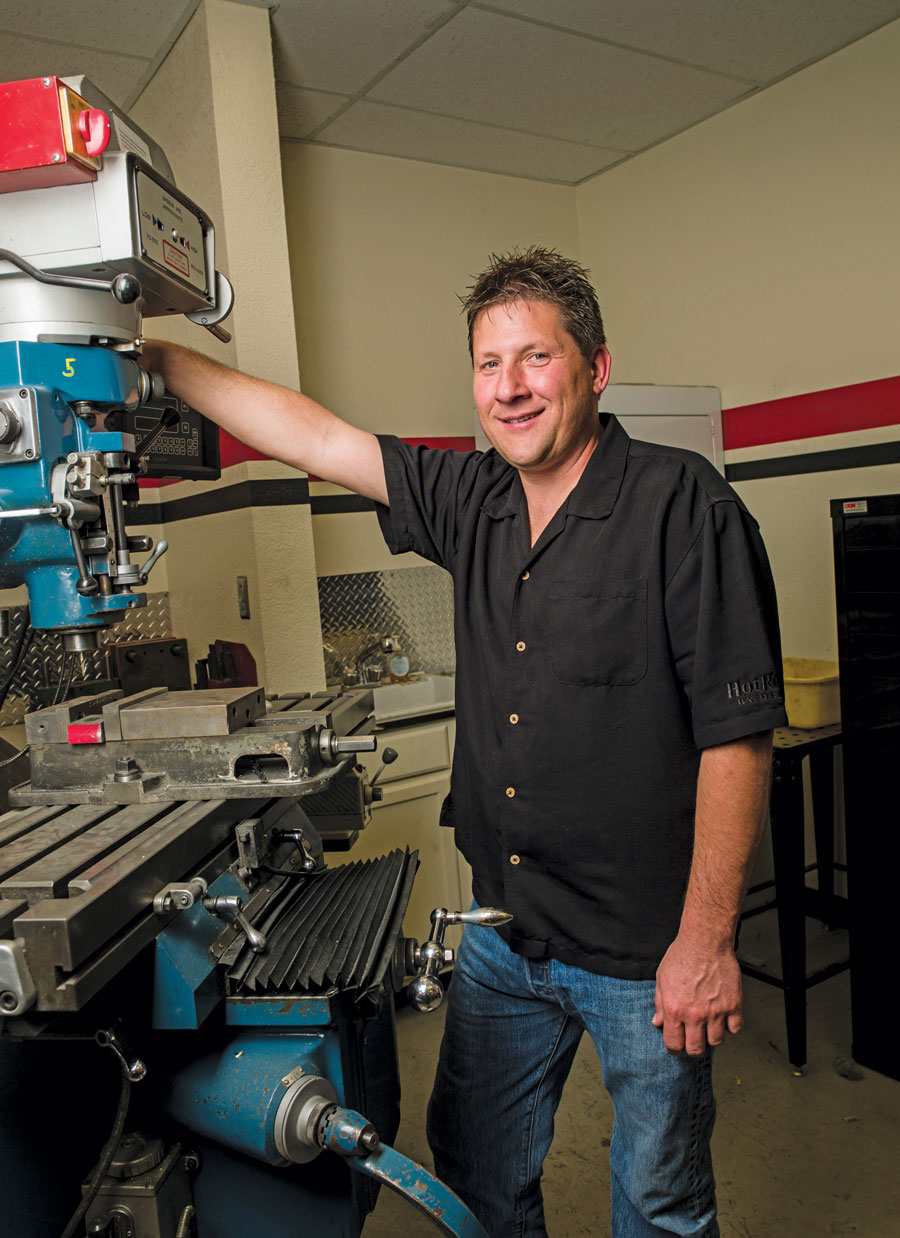
 Photography and video By The Author
Photography and video By The Authore it a Chevy, Ford, or Mopar, wagons are on the growing list of popular build material. The “Ford in a Ford” guys are really excited about a hot rod that more easily accepts a Coyote motor, making the wagon a good choice. On an earlier trip to Phoenix we stopped by to see Dean Livermore of Hot Rods by Dean (HRBD) to check in on various projects but specifically one we’ve had our eye on. It’s a 1956 Ford Ranch Wagon that’s getting the full build (chassis, modern powertrain, and loads of creature comforts) while maintaining its true mid-’50s appearance.
The East Coast owner found the car in Long Island, New York, where it was originally purchased and coincidentally it was in the same hometown where Livermore was born. This makes for an unusual connection between the car, the owner, and Livermore, making for a serendipitous occurrence. We mentioned earlier that the wagon was to get the “full build” and that includes the Art Morrison Enterprises (AME) chassis, a Roush supercharged Ford Coyote, TREMEC TKO six-speed, and a Strange-outfitted Ford 9-inch rearend with the AME triangulated four-bar.
All Fords received a “face-lift” for 1956 that generally enhanced the already-acknowledged clean lines of the 1955s. All Ranch Wagons were two-doors but the 1956 Ranch Wagon continued to be the most popular two-door wagon on the market, with numbers in excess of 105,000 sold. In 1956, the 292ci Thunderbird engine became the standard V-8 in all Ford wagons and Fairlane models, while late in the model year the Thunderbird Special 312ci V-8 became an option. The “Thunderbird V-8” front fender emblems signified a V-8 wagon, no matter the engine choice. The 1956 was also the first year of the 12V electrical system, earlier models were 6V.
Let’s begin with the chassis. It’s based on the AME Builders Platform formatted on mandrel-bent 2×4-inch tubing. Should you want to do something special, as AME may not make a frame for your build, you can provide AME with dimensional details, wheel and tire sizes, ride height of rocker-to-ground, and wheelbase. From here AME will configure the positioning of the engine and trans mounts or you can do that on your own. What comes back is a drawing (similar to a blueprint) that you use to go back and confirm your measurements one more time. (Do you remember the saying about, “measure twice, cut once”?) From here any changes are noted and then AME bends/welds up your frame. They can then provide you with the ordered suspension components to attach to the frame. The “outriggers” (optional body mounts) are supplied and you weld them on once you position and fit the body to the frame, along with any bumper mounting tabs or holes that need drilling. You will notice in the photos that new sheetmetal was used in each of the four footwells; this was done to replace rusted metal and not because of any body-to-frame fitment issues.
In this case Livermore knew what engine and transmission would be used and opted to weld in the motor and trans mounts themselves. This covered the Coyote V-8, the six-speed with a Quick Time bellhousing, and the AME triangulated four-bar suspension fitted to a Ford 9-inch. The outriggers (body mounts) would be welded into position by the staff at HRBD as AME doesn’t make a specific chassis for this year of wagon … as of yet!
Looking around the chassis you will see a Wilwood brake disc system utilizing their rotors, hubs, GS compact remote master cylinder for the hydraulic clutch, and Dynalite calipers at the corners. AME also supplies the IFS based on C6 Corvette geometry, along with their spindles and rack-and-pinion steering. The Ford 9-inch housing comes by way of AME but the centersection (3.55 gears) and adjustable coilover shocks are optional Strange components.
The exterior of the 1956 Ford Ranch Wagon will, with one exception, retain its stock appearance in the form of the third taillight. On new cars (1986) this is commonly called a CHMSL (Center High Mount Stop Lamp). (Should you find this interesting, look up the story from 1973 about the San Francisco cabbie who was rear-ended 12 times and decided it was time to do something about it!) Otherwise very little was required in the way of bodywork. The lower portion of the tailgate suffered some rust damage as did each of the four footwells, but once the metal men at HRBD were done the body was rust-free. With the finishing of the HRBD bodywork, the wagon was prepped for its final color. It would be painted in a factory blue and cream using PPG colors with factory trim. Factory-looking steel wheels and caps with modern radial rubber will round out the exterior appearance.
However, you don’t fit a Roush supercharged Coyote with a TREMEC six-speed underhood without some firewall sheetmetal changes. The major underhood metalwork can be seen in the highly modified firewall. The stock firewall was cut and recessed to allow for the engine and trans as well as provide additional room behind the dash and under the cowl section for such items as the Vintage Air A/C system, Wilwood clutch hydraulics, dual reservoir GM master cylinder, Classic Instrument restored and modernized original gauges, power wipers, all of the related wring, and under cowl Kugel Komponents pedal assembly, along with a Lokar drive-by-wire throttle system. Look at the photos and you will see that the stock steering column and factory wheel will be retained. Other underhood and interior modifications will include the relocation of the battery (Optima RedTop) from the engine compartment to far rearward on the passenger side rear quarter behind the rear tirewell and in the floorpan just in front of the tailgate. It will be alongside the spare tirewell, which was modified by taking depth out, now allowing for the use of a Goodyear T135/90D17 Convenience Spare (temporary use, 50-mph max) that measures 25.5 inches tall. By narrowing the spare tirewell some 3 inches it allowed a Rock Valley stainless steel tank (with an EFI in-tank pump) that holds approximately 26 gallons, thereby fitting in the factory location without hanging down too far.
It shouldn’t be long when we will be featuring this wagon on the pages of Modern Rodding and then you can see how all of this workmanship came together.

2. The Art Morrison Enterprises (AME) chassis is called a Builders Platform, which is a custom chassis made for a specific model. This one has IFS, rack-and-pinion steering, and a solid rear axle.


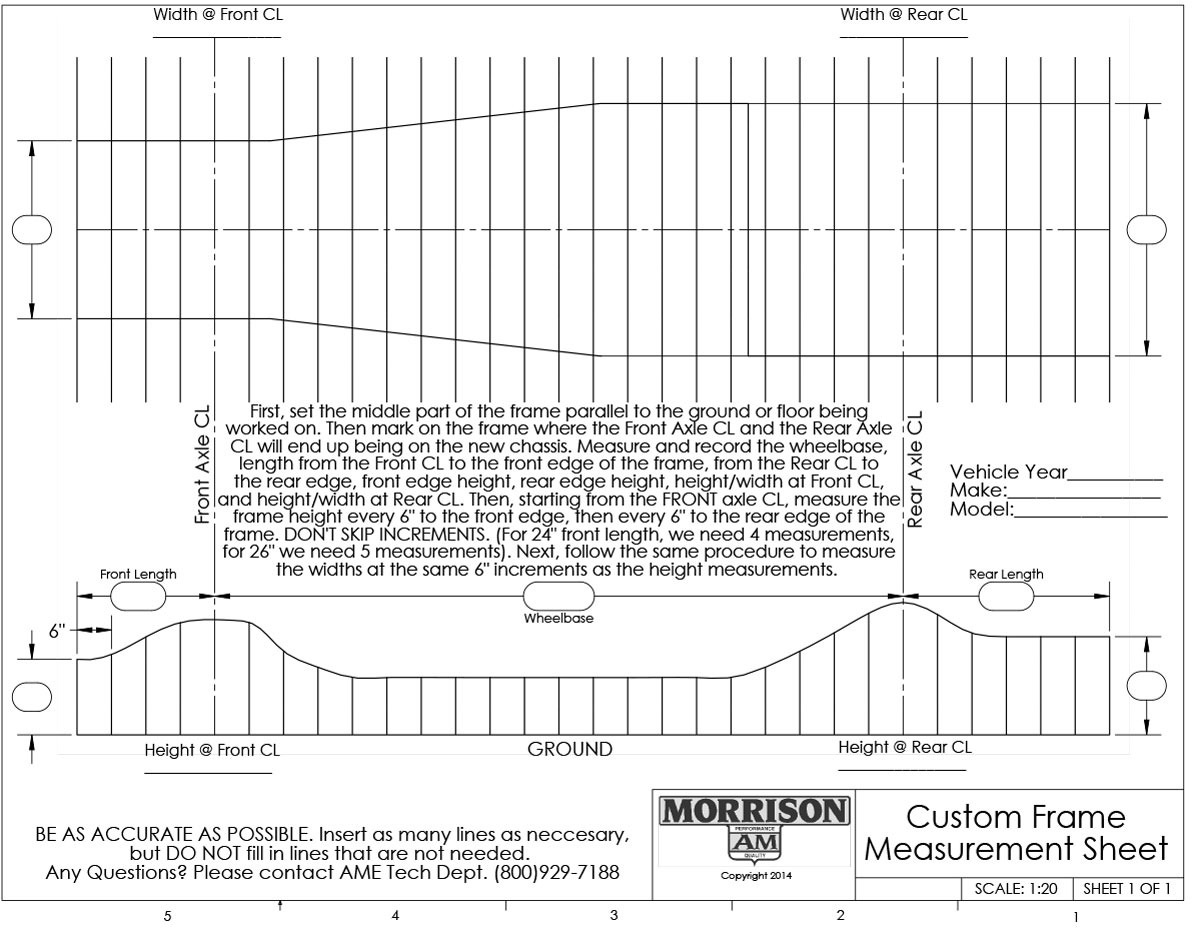

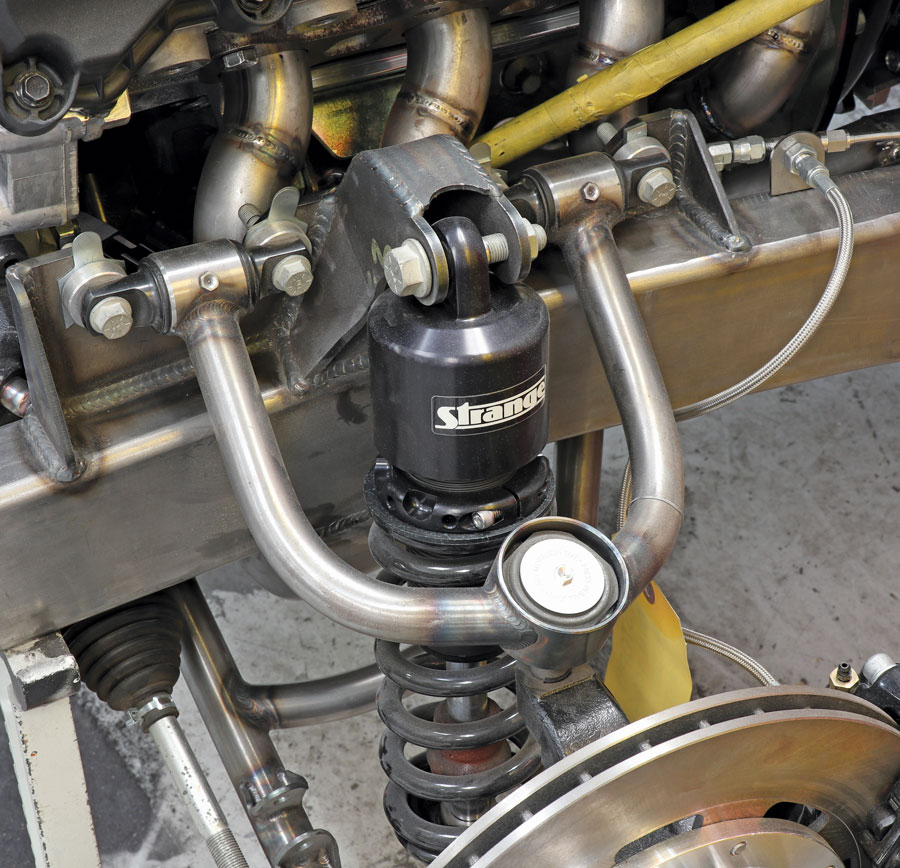


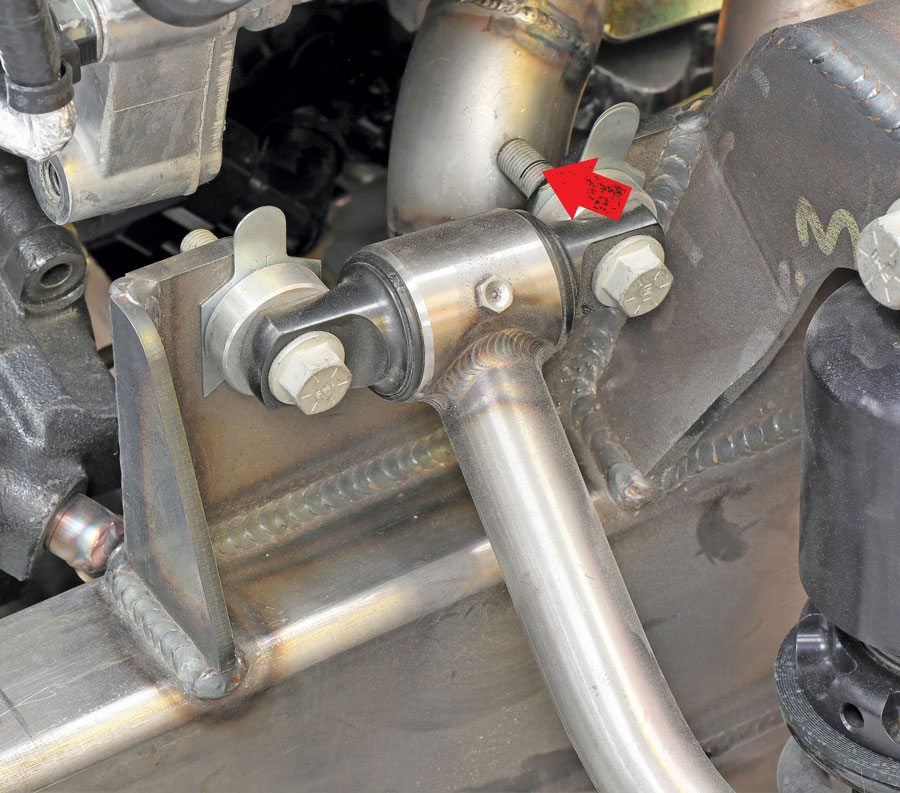

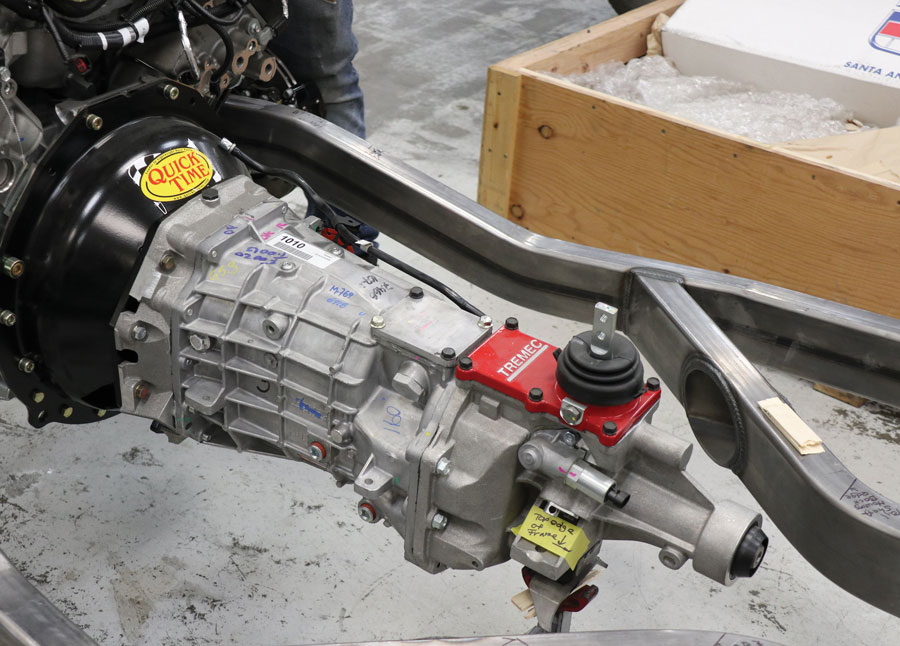
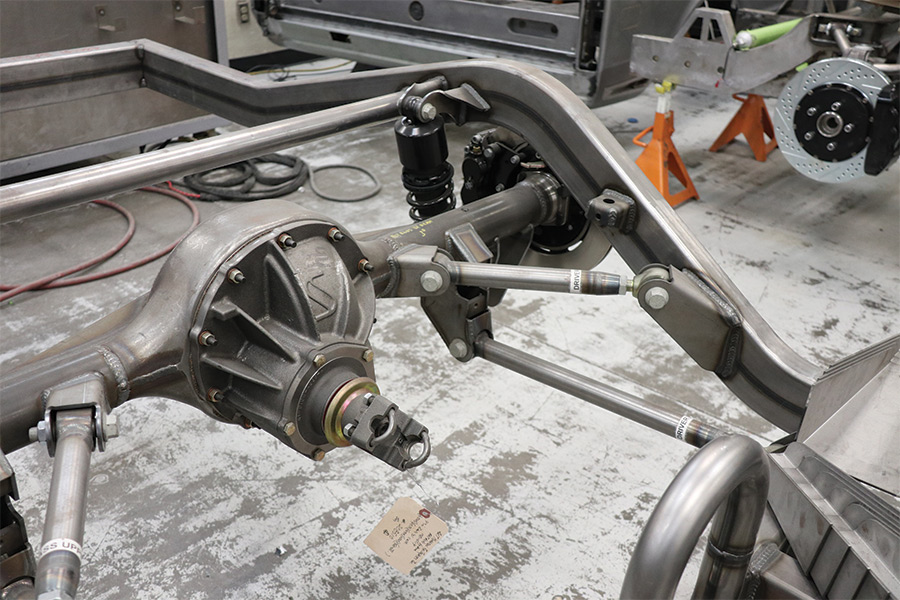
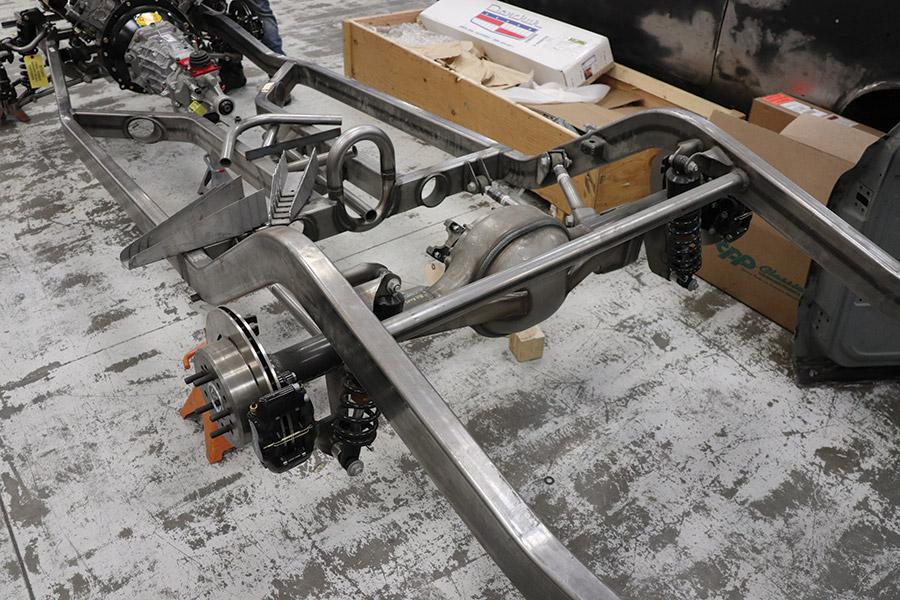
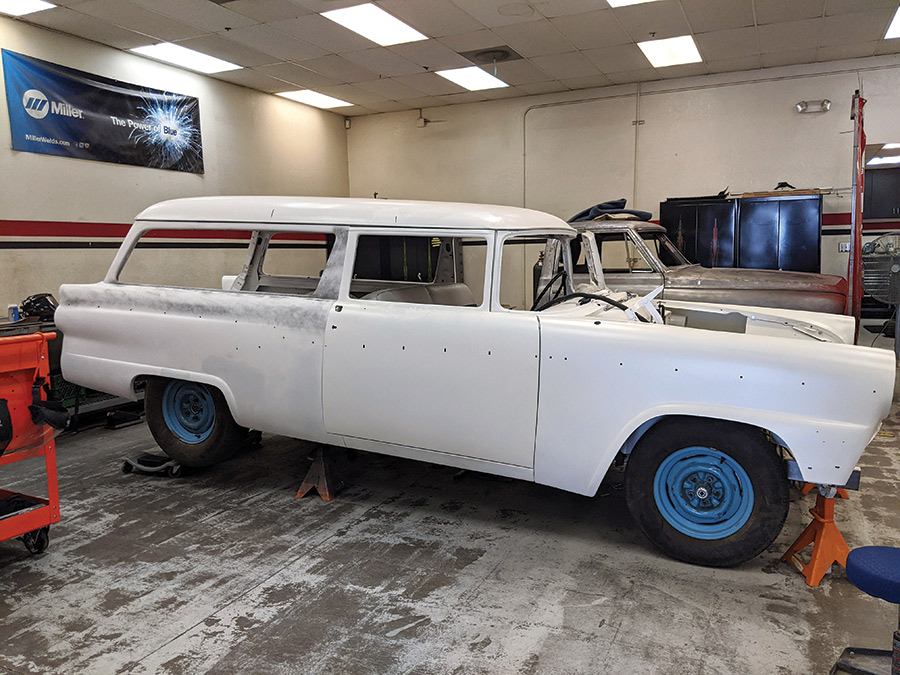


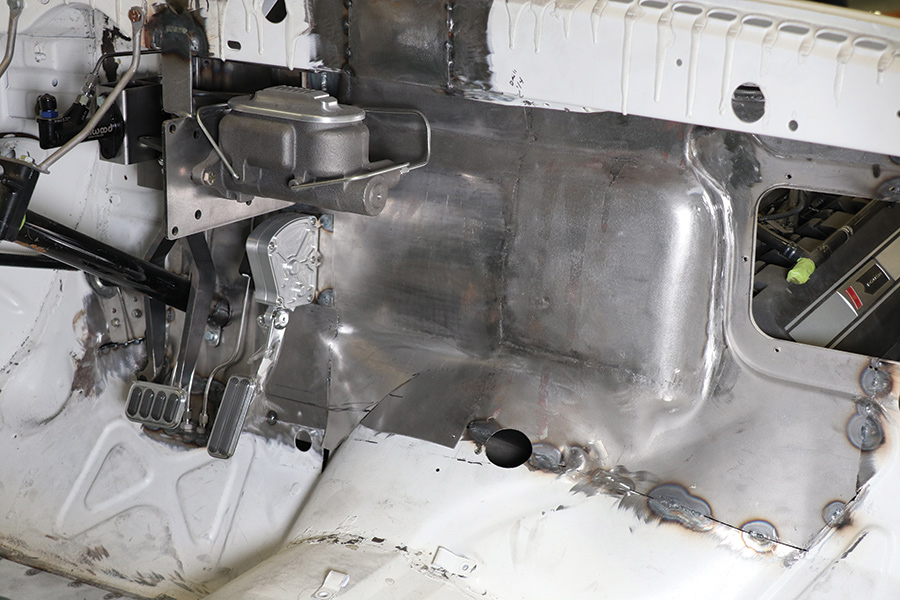
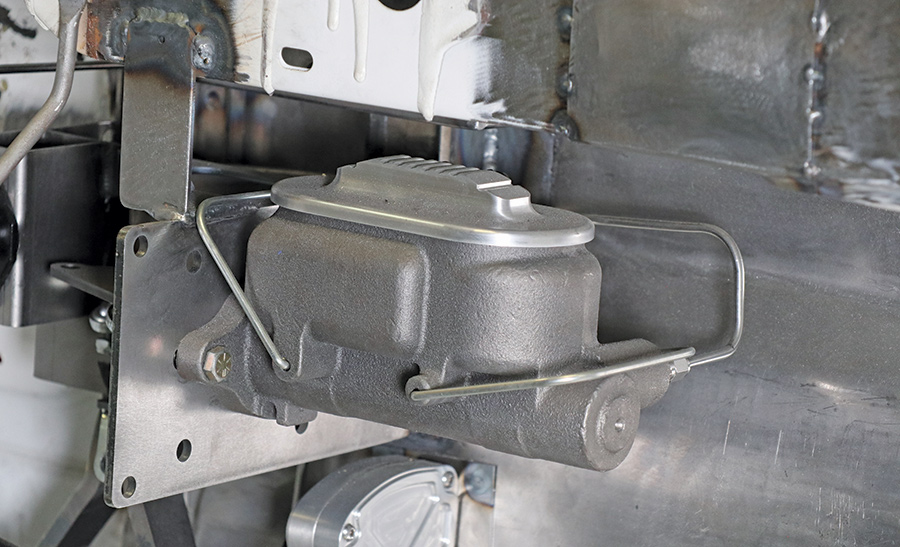
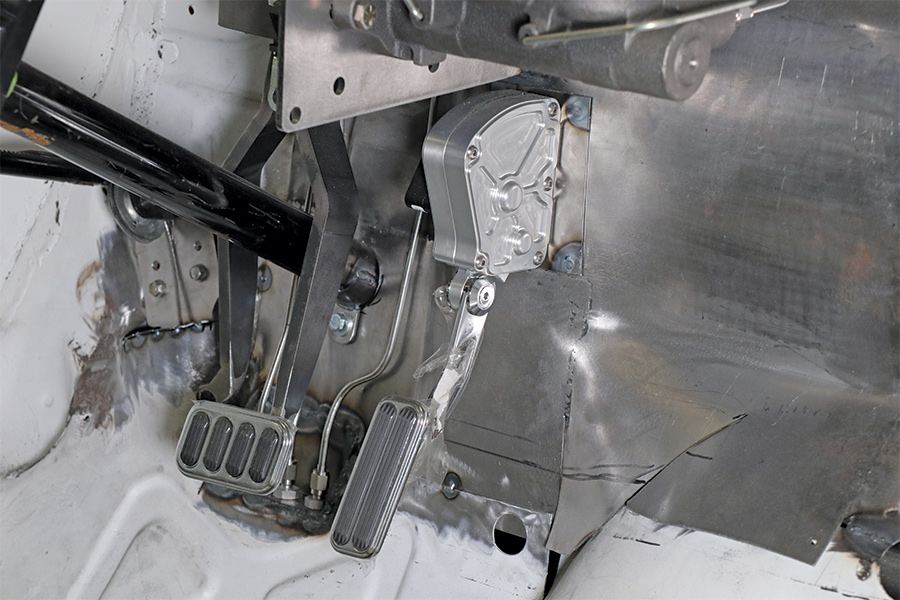


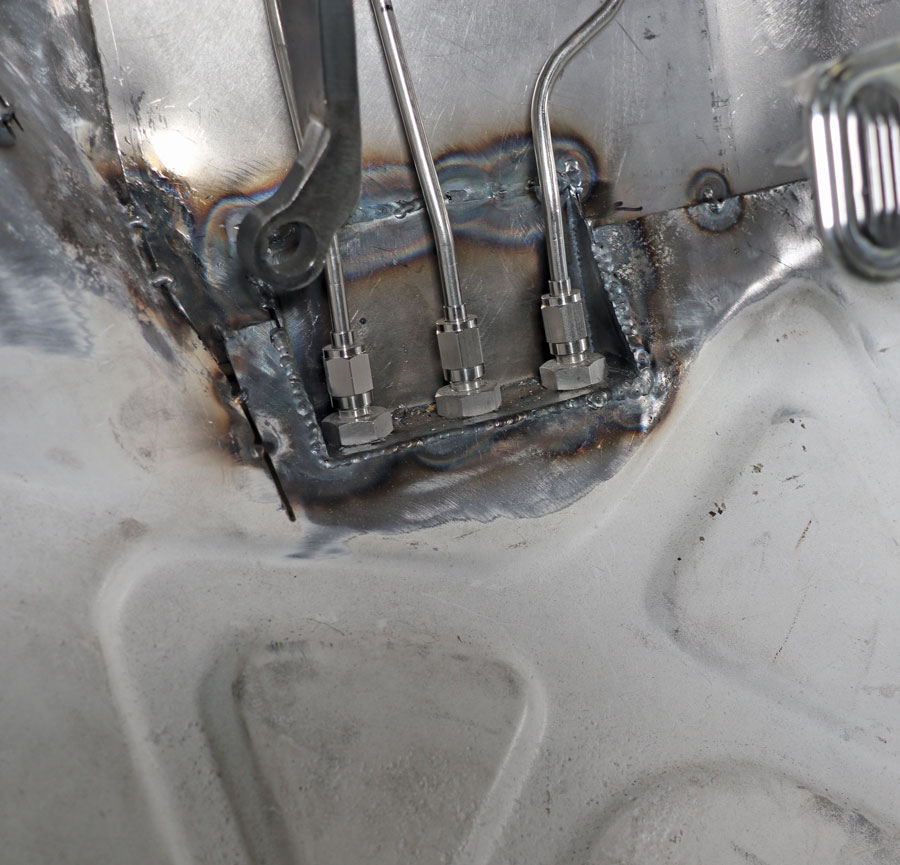
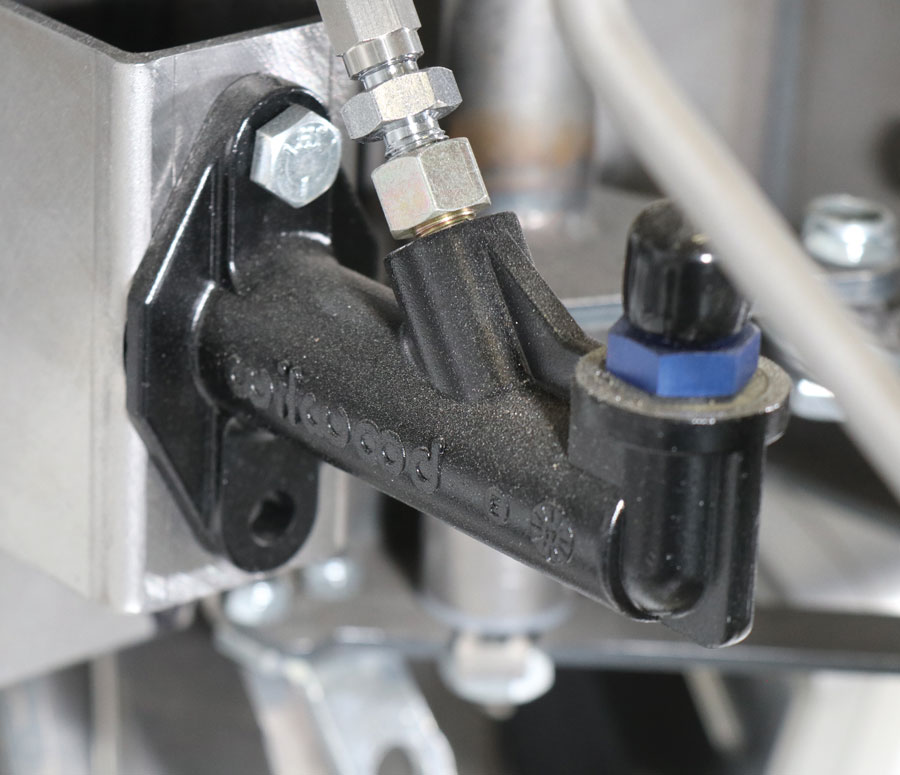
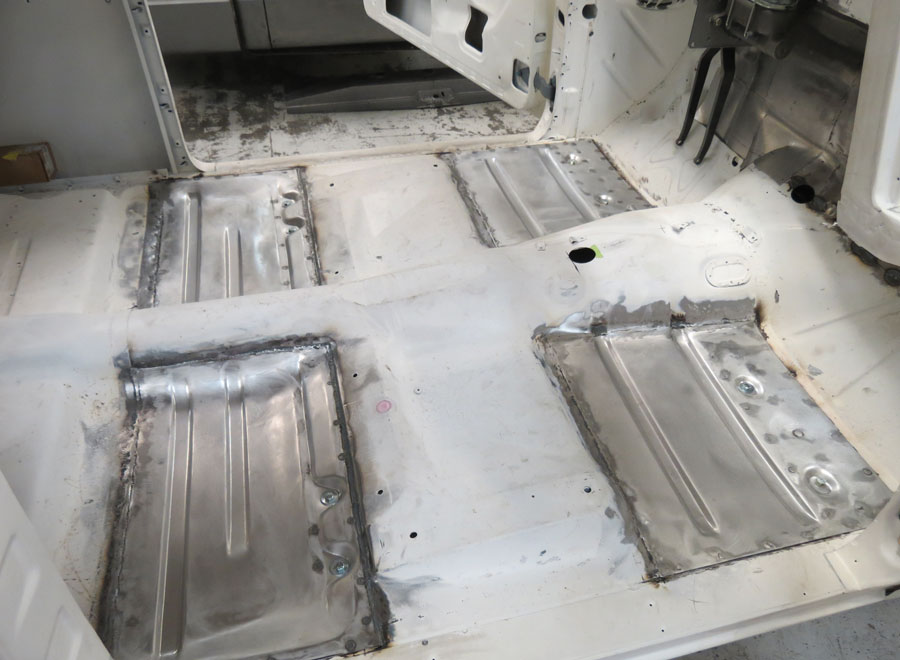
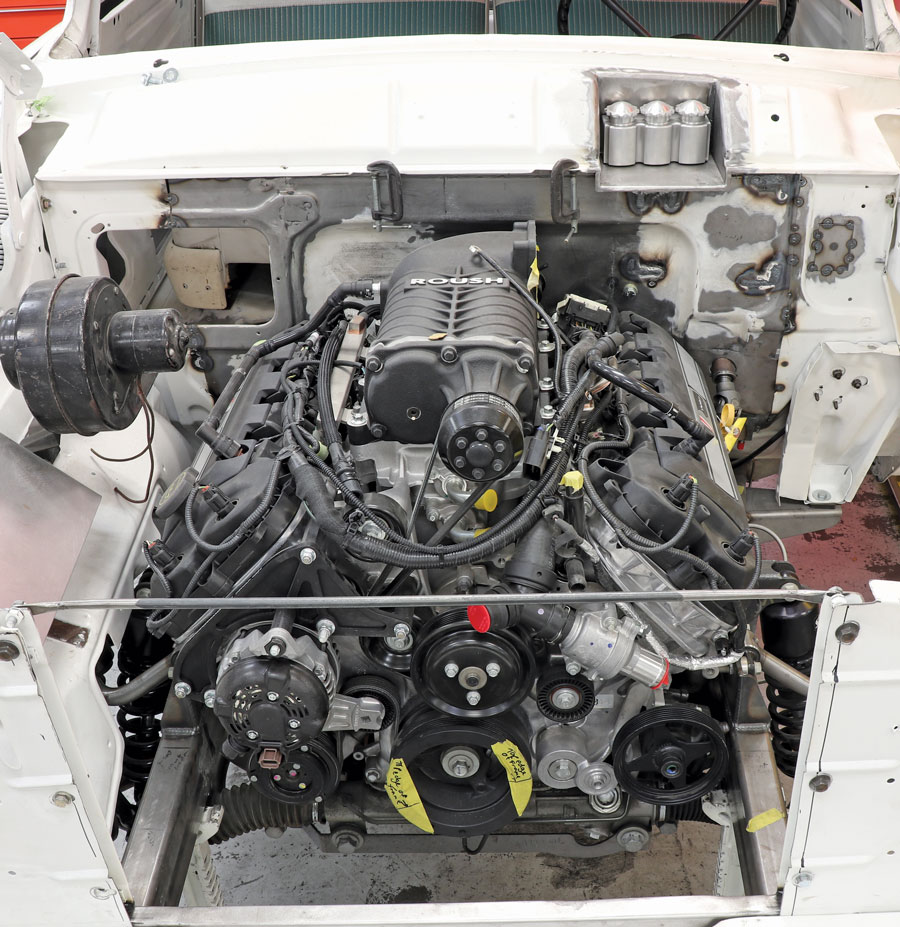
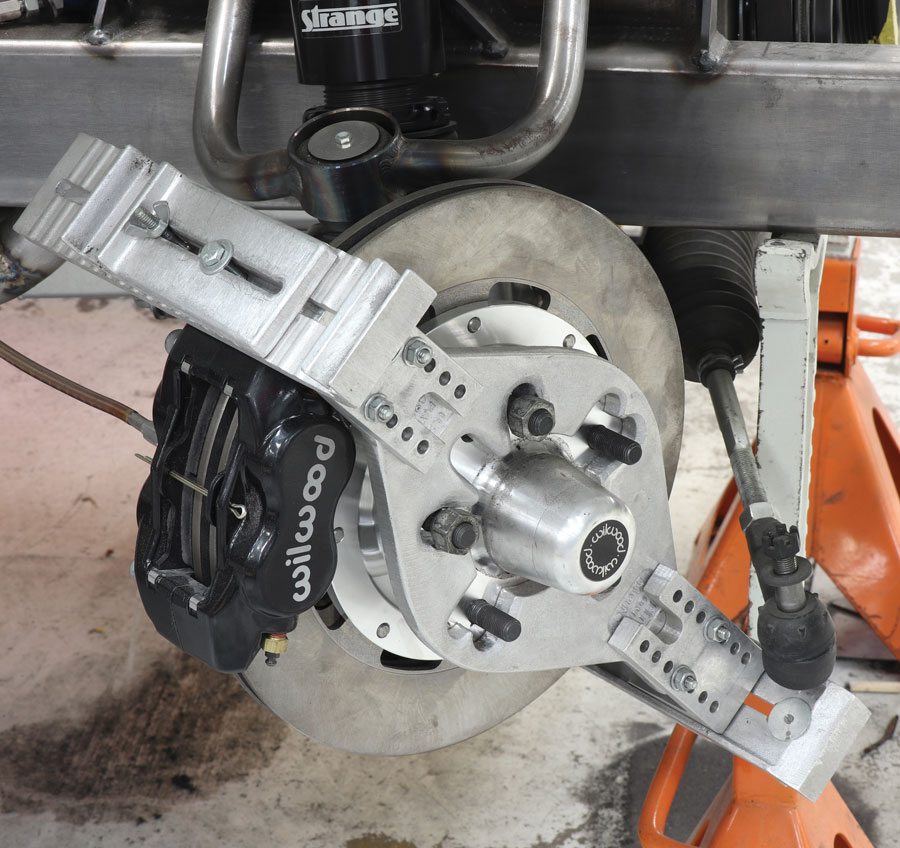

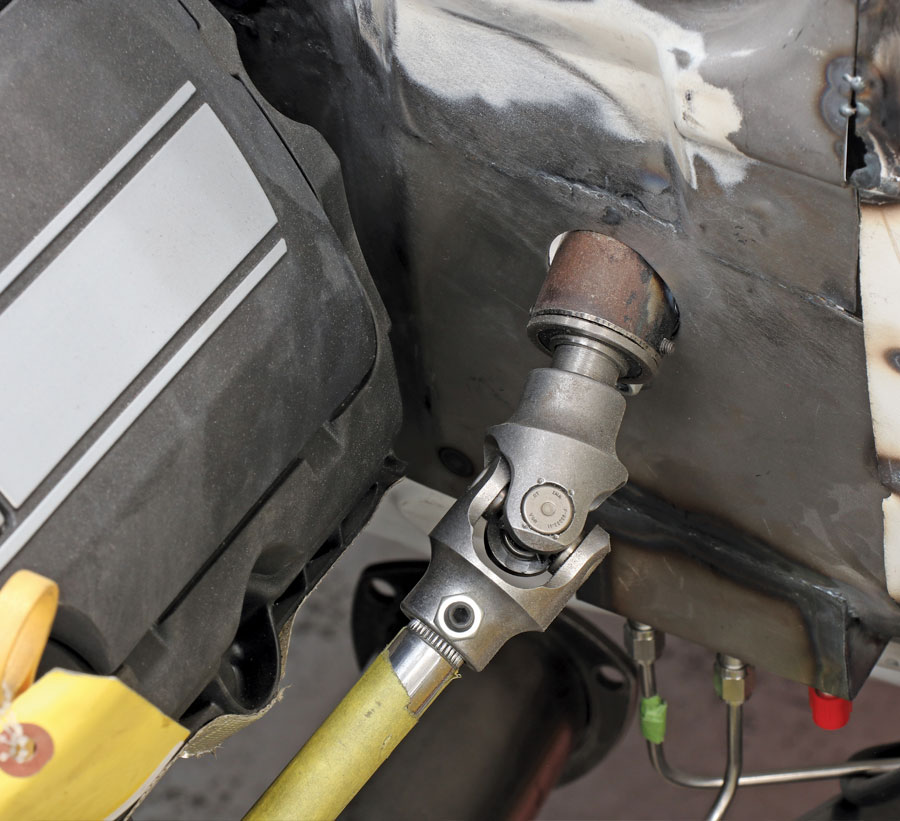
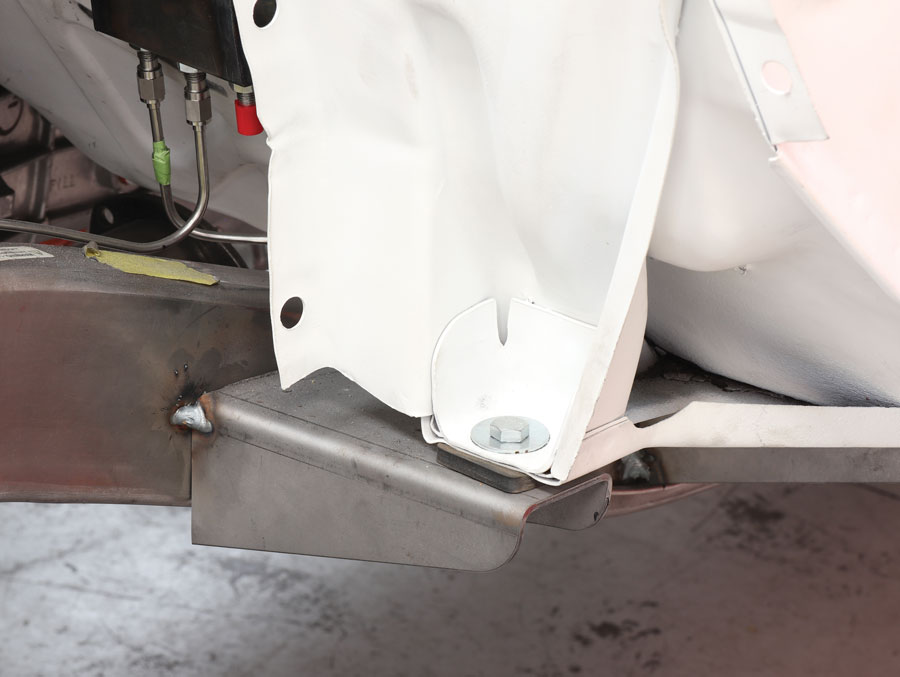
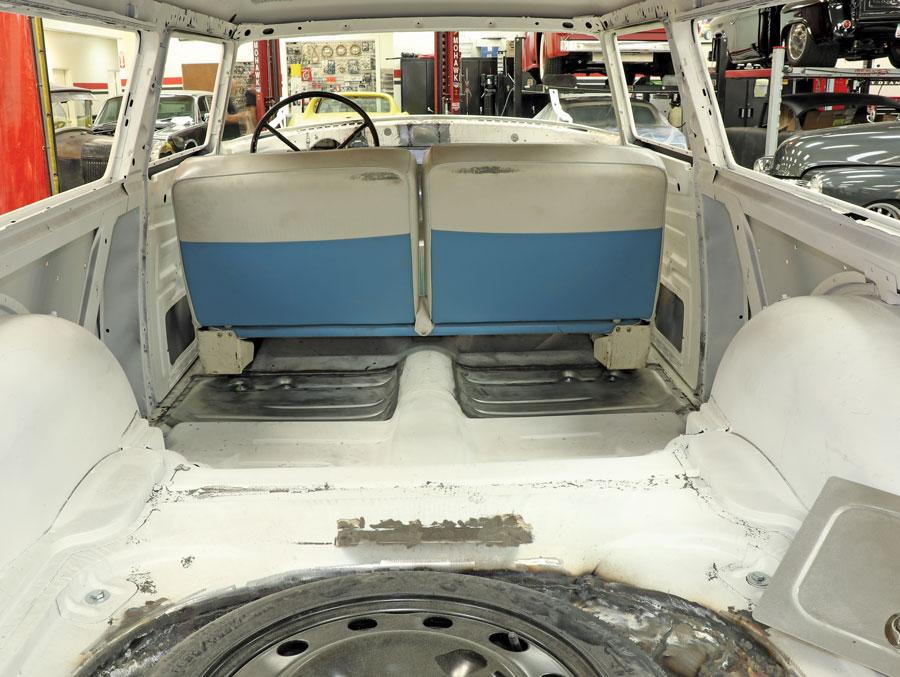
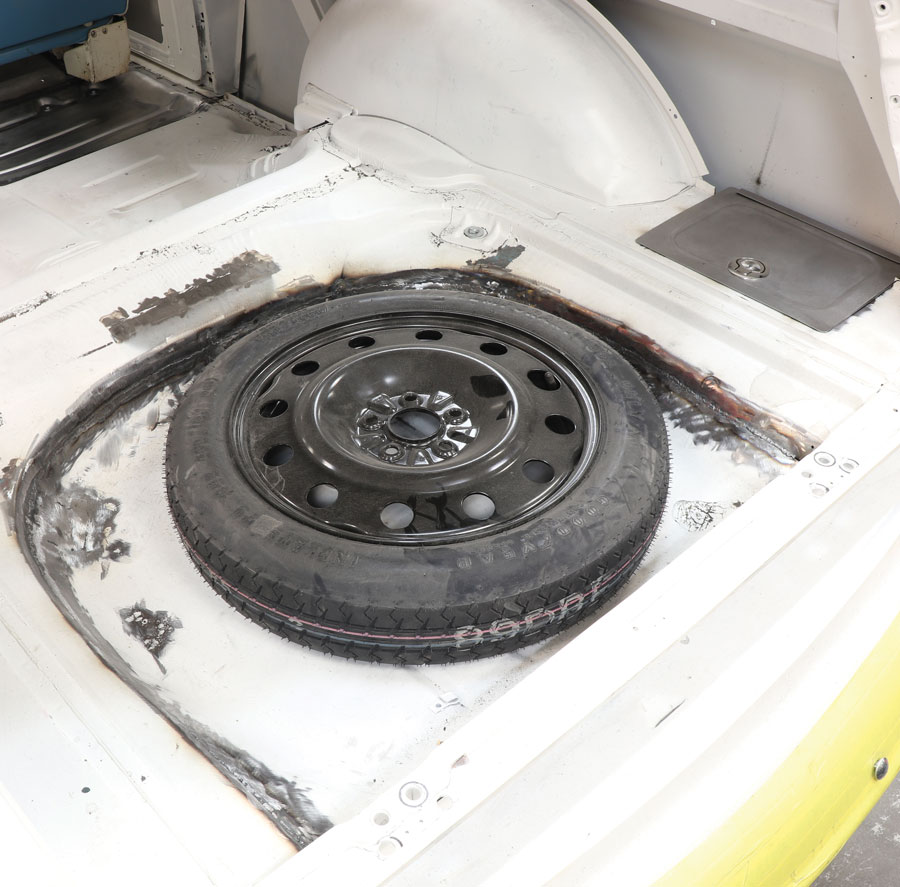
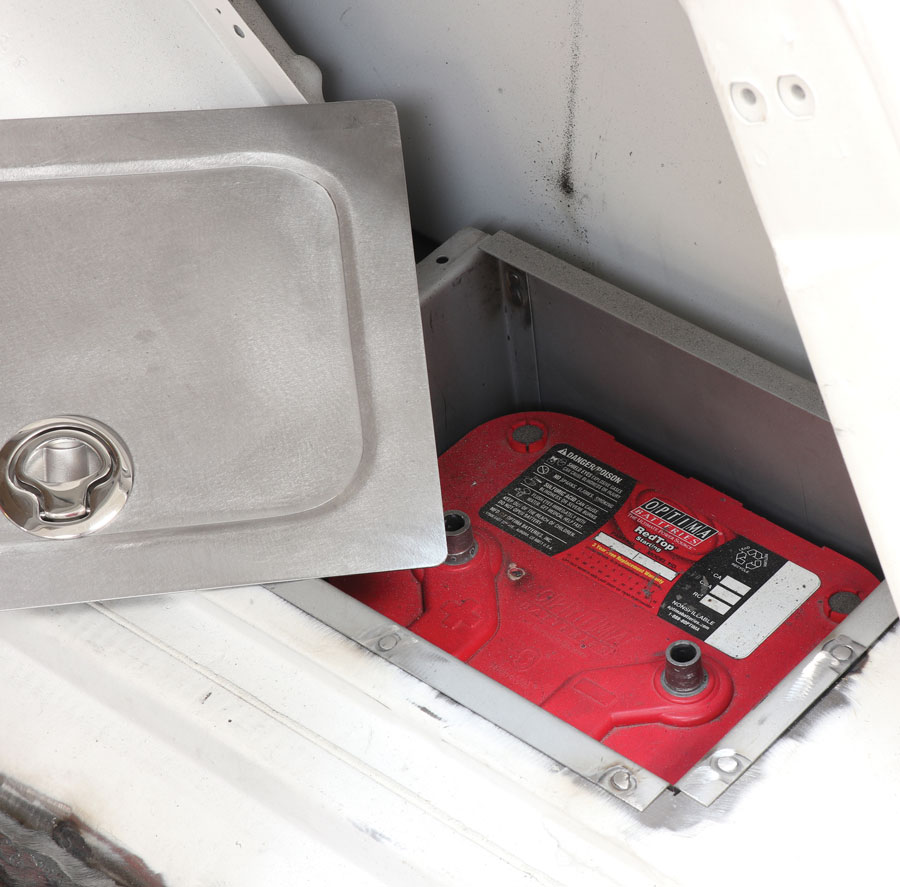
 SOURCE
SOURCE